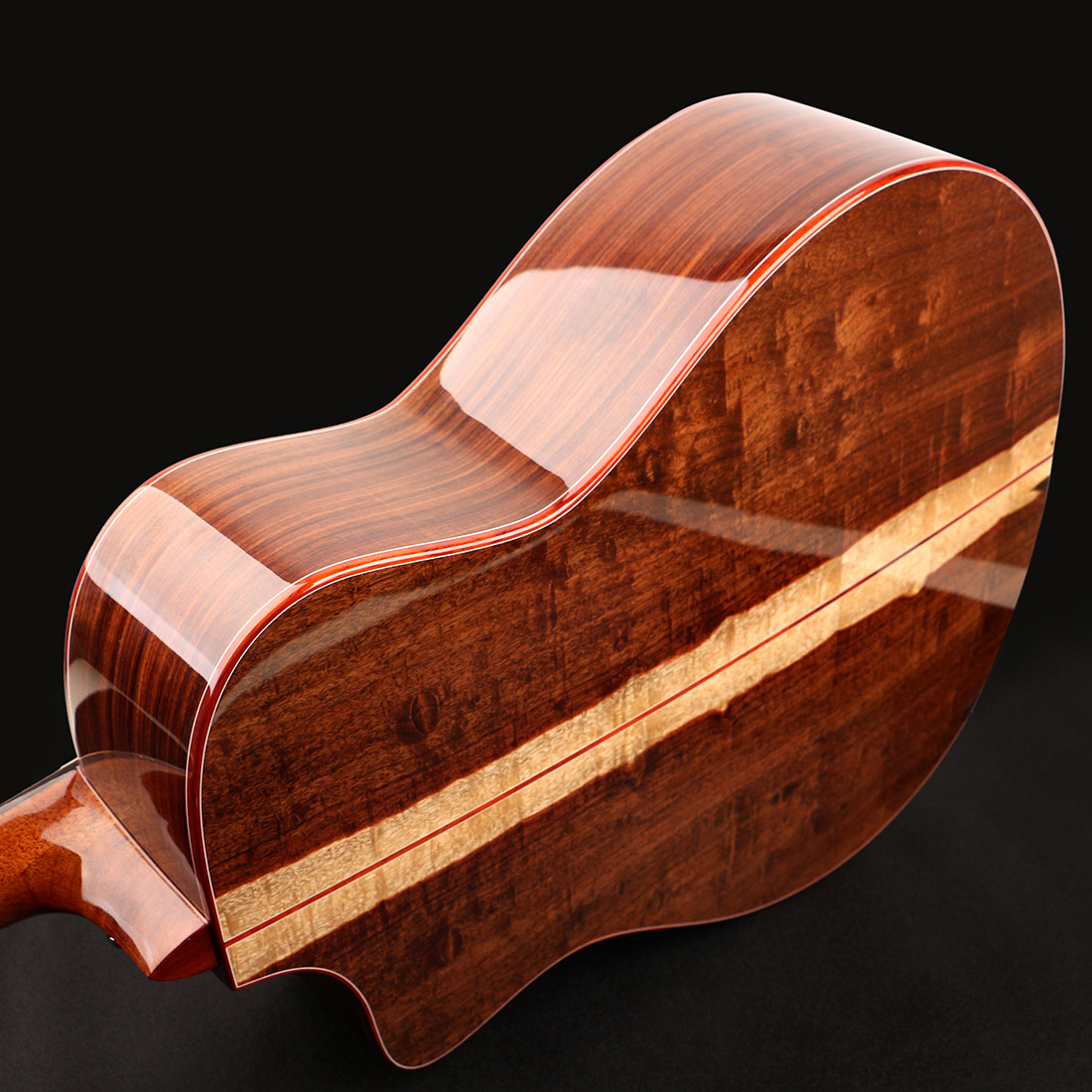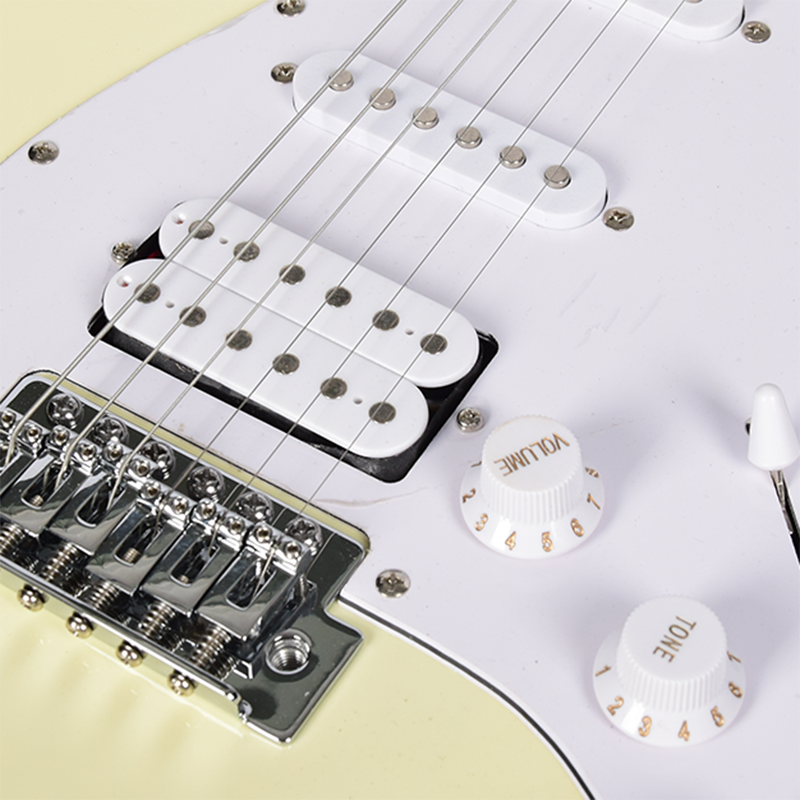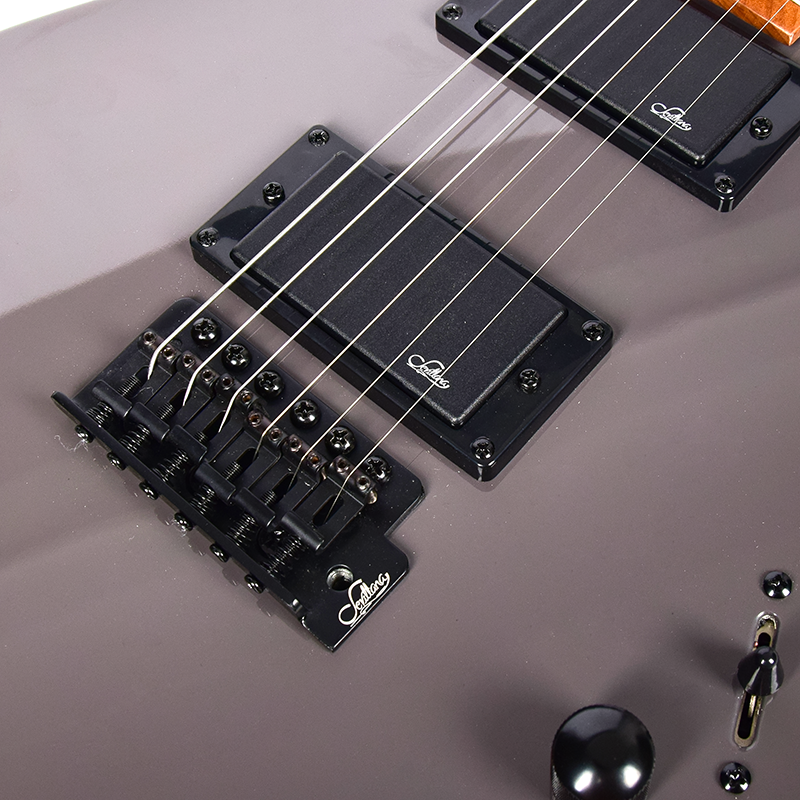After playing guitar for a while, you might want to upgrade to something more advanced than your beginner guitar
whether for better tone, more features, or simply a more comfortable playing experience.

If you look at online reviews or forums, you’ll find a lot of conflicting opinions, making it difficult to determine which brand to choose and what the significant differences are.
Here’s a guide to help you find the right guitar for your intermediate or advanced guitar needs after purchasing one from Deviser!
(Hopefully, you’re not a guitar novice, haha).
Please note that all of these recommendations are based on Deviser’s experience buying guitars in some of the countries we represent, and the brand selection is slightly wider than in other parts of the world. Also, please note that due to inflation, we’re currently seeing instrument prices increase, which may be higher than the prices listed below.
Step 1: Choose a Guitar Type
For most people, their intermediate or advanced guitar will be different from their first guitar, as this means you’ll have more options for playing and practicing.
For example, if you started with a steel-string acoustic, you might consider a nylon-string or electric guitar as your next guitar; or, if you’re a die-hard electric guitarist who started with a Strat, you might consider a guitar with humbucking pickups.

However, if you’re looking to upgrade because of a specific issue with your current guitar, or if you’re dedicated to a certain style and really want more of the same guitar, upgrading is still possible—just make sure you get the right upgrade, as you don’t want to repeat the process later if you can avoid it!
The basic categories are as follows:
Nylon-string (classical guitar)
Steel-string guitar
Electric guitar
But at this level, I’ll start to break them down with some finer distinctions, such as:
Strat-style electric guitar
Super Strat electric guitar
Les Paul-style electric guitar
Electric-acoustic steel-string guitar (steel-string guitar with pickups)
Body size and shape
If you have some ideas now, that’s okay, as we’ll gradually narrow down the options. In general, while it’s great to have a versatile first guitar, I recommend focusing on specialized areas for intermediate and advanced guitars. It’s impossible to find a one-size-fits-all guitar, so it’s better to choose one that excels in some areas rather than being “okay” in all aspects.
Specifically, consider the features you need, such as:
Acoustic guitar pickups (for live performance)
Floating bridge or pickup type for electric guitars (depending on guitar style)

Step 2: Estimate your budget (based on wholesale prices)
Before proceeding, it’s important to estimate your budget, as intermediate and advanced guitars can range from $80 to $120. Knowing your budget limits can help you avoid common mistakes, such as buying a cheap model from an expensive brand—which, frankly, can get you ripped off.
$200 – Advanced Beginner or Basic Intermediate Guitar
At this price point, you’ll start to see some improvements over beginner guitars, such as:
Acoustic Guitars
Neck trusses (allowing you or a technician to adjust the guitar’s action (string height) by tightening or loosening the neck)
Solid wood tops (the solid piece of wood at the top of the guitar that people see while playing, which can lead to a more beautiful tone and improve over time)
Advanced features, such as cutaways, pickups, and tuners
Electric Guitars
Better pickups. If you shop around, some guitars in this price range will sound much better than beginner guitars.
Different scale lengths, fret types, and bridges, all of which affect the playing feel. There’s a wider variety of guitars.
Of course, overall, quality control generally starts to improve, so you should expect fewer manufacturing defects (in theory, but not guaranteed). Guitars in this price range are almost always made in China.
$50-120 – Mid-to-High-End Guitars (based on wholesale prices)
At this price point, you can start getting into guitars used by professional musicians around the world. While more expensive and powerful guitars are available, this price point is ideal for a reliable, great-sounding, durable guitar that will meet your needs.
Higher-quality tonewoods. Due to the use of more expensive woods, these guitars typically have a more beautiful tone.
May include a hardcase (or at least offer one).
That’s all about the Intermediate and Advanced Guitar Buying Guide. Stay tuned to Deviser for more details.


Leave A Comment